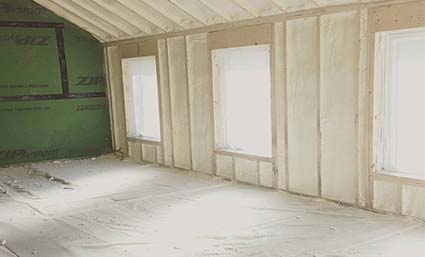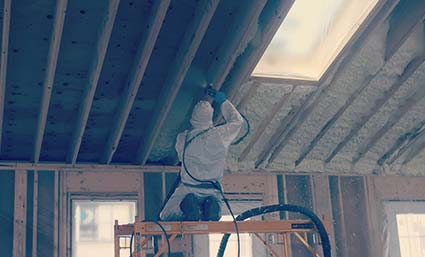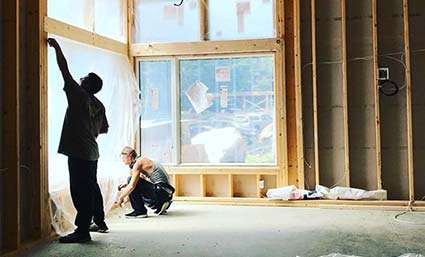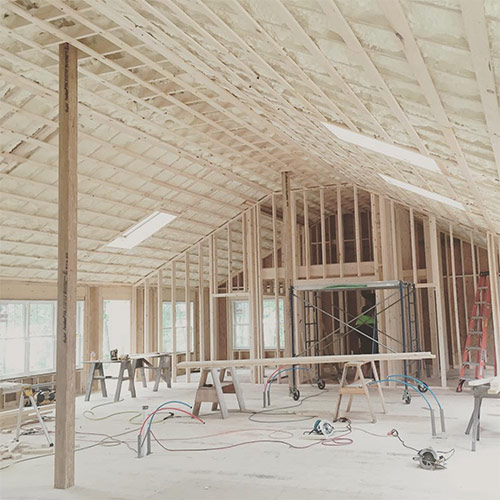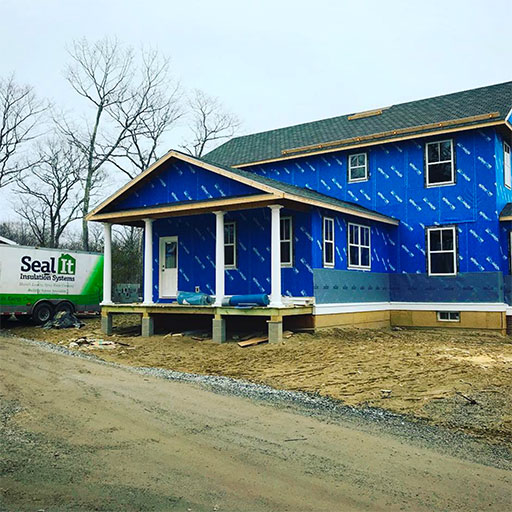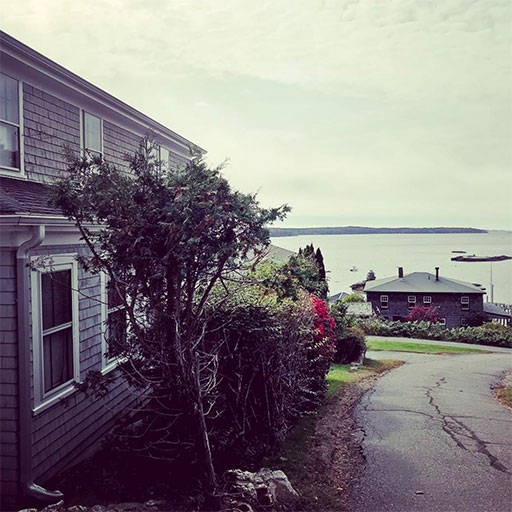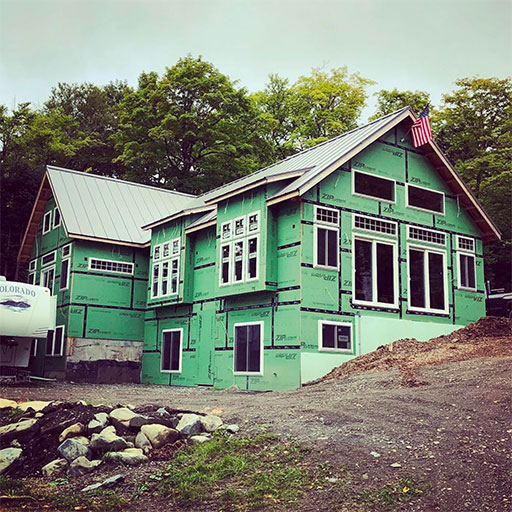As the leaves start to change and the temperature drops, Maine homeowners, this is your cue to pay attention to something often hidden but crucial: your home insulation.
Insulation is vital in keeping your home cozy and energy-efficient, especially when winter’s icy grip takes hold. In this post, we’ll dive into why fall is the perfect season to check insulation in your home and the perks it brings to folks in Maine.
WHY FALL IS THE BEST TIME TO INSPECT YOUR HOME INSULATION
1. Prepare for Winter
Maine winters can be downright relentless, with freezing temperatures and heavy snowfall. By inspecting your home insulation in the fall, you can ensure it is in good condition before the cold weather arrives.
This proactive approach allows you to spot any issues and fix them before winter arrives, giving you and your family a warm haven during the frosty months.
2. Improve Energy Efficiency
Proper insulation is essential for maintaining energy efficiency in your home. When your insulation is compromised, heat escapes and chilly drafts sneak in, forcing your heating system to work harder to keep you comfortable. This can lead to sky-high energy bills.
By inspecting your insulation in the fall, you can pinpoint areas where it’s lacking or damaged and tackle these problems head-on. Addressing these issues can improve your home’s energy efficiency, reduce heat loss, and save on heating costs.
3. Prevent Moisture & Mold Issues
Fall is the perfect time to give your home insulation a moisture check. During the summer, humidity levels can surge, and if your insulation is not installed correctly or has gaps, it can lead to moisture penetration.
Moisture can cause damage to your insulation and create a favorable environment for mold growth. This moisture can damage your insulation and become a breeding ground for mold. Inspecting your insulation in the fall helps you catch and deal with any moisture concerns, ensuring a healthier living space for you and your loved ones.
4. Accessibility
Another advantage of inspecting your home insulation in the fall is the ease of access. When winter rolls around, getting into the attic and crawl spaces can be more challenging due to snow and freezing temperatures.
You can take advantage of milder weather conditions and easier access to these areas by conducting an inspection in the fall. This is the time to thoroughly evaluate and address insulation concerns without the added challenges of winter weather.
HOW TO CHECK YOUR INSULATION IN WALLS, ATTIC & ROOF
As fall rolls in and winter approaches, ensuring your home is insulated correctly is essential to keep you warm and cozy during the colder months. Checking your insulation in walls, attic, and roof is your armor against the cold.
Here’s a simple guide to help you inspect these vital areas of your home.
Tools You’ll Need
Before you begin, gather these essential tools:
- Flashlight: Light dark corners, especially in the attic and roof.
- Screwdriver or knife: Handy for gently probing and lifting insulation materials.
- Measuring tape: This helps measure insulation thickness.
- Protective gear: Gloves, a dust mask, and suitable clothing keep you safe.
1. Check Wall Insulation
Start by inspecting the walls in each room:
- Locate an electrical outlet on an exterior wall.
- Turn off the power to the outlet from the main breaker panel.
- Remove the outlet cover using a screwdriver.
- Shine a flashlight into the outlet box. If you see insulation, it’s likely sufficient. If not or it seems insufficient, further investigation may be needed.
2. Inspect Attic Insulation
The attic is a prime area for heat loss. Here’s how to check it:
- Access the attic by using a ladder or stairs.
- Take precautions to walk safely on the rafters or use a sturdy walking board.
- Examine the insulation for even coverage across the entire attic floor.
Measure the thickness of the insulation using a measuring tape. The recommended insulation thickness varies based on location, so consult local building codes or energy efficiency guidelines for specific recommendations.
3. Assess Roof Insulation
Roof insulation keeps heat from escaping through your home’s roof. Follow these steps:
- Stand outside and visually inspect the roof.
- Look for any signs of damaged or missing shingles or tiles.
- Enter the attic and check for daylight seeping through roof boards, indicating insulation gaps or damage.
- Inspect attic insulation near the roofline to ensure it’s installed properly and provides sufficient coverage.
While you can perform a basic inspection, remember that some insulation issues require professional attention.
As you’ve seen, fall is the ideal time for Maine homeowners to inspect their home insulation. Being proactive prepares your home for winter, boosts energy efficiency, prevents moisture and mold issues, and capitalizes on favorable accessibility. If you’re unsure about inspecting your insulation or suspect any problems, don’t hesitate to consult a professional insulation contractor. They can offer expert guidance and assistance.
Don’t wait until the cold sets in to address your home insulation. Take action now and ensure your home is ready for a cozy winter season in beautiful Maine!
If you’re ready to learn whether your home is ready for insulation, get a free quote from Seal It Insulation Systems today!

